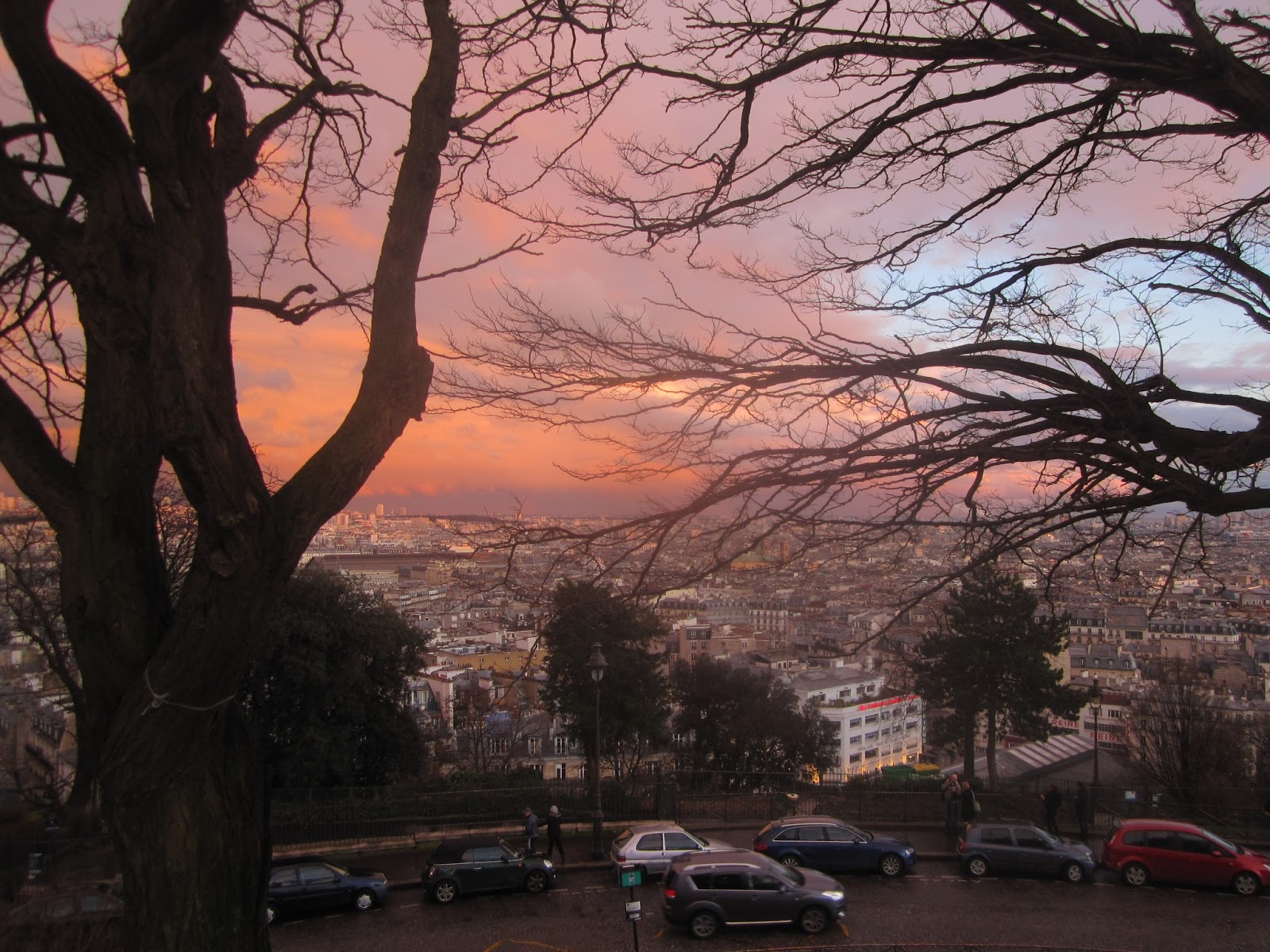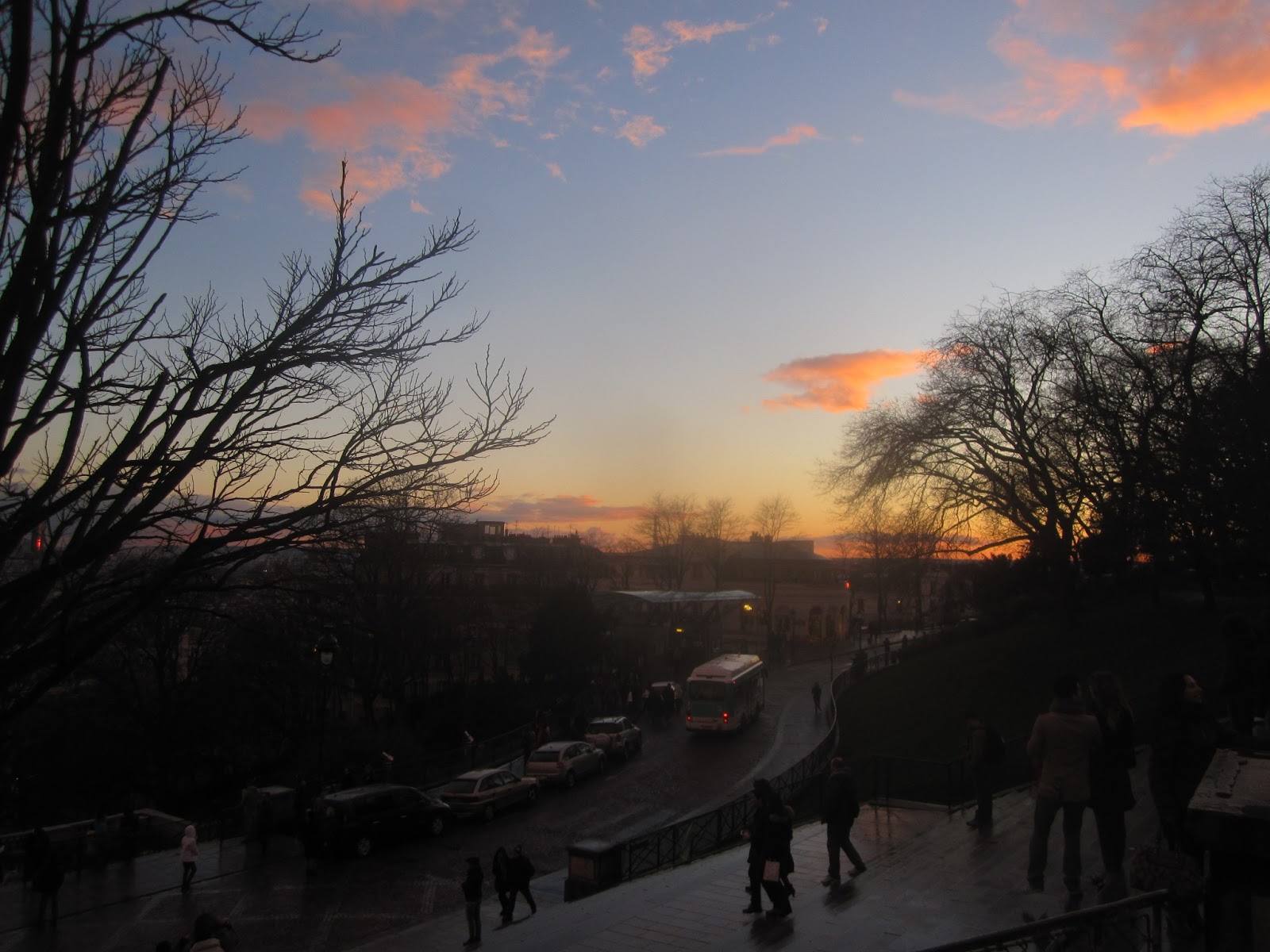Dear Viven,
We miss the freedom of Archer, but so far it seems that crossing African borders when in a bus or train is a lot easier, faster and hassle-free. This may also have to do with the fact that we have so far been traveling exclusively through the Pays de l'Entente (a single customs zone consisting of Benin, Burkina Faso, Ivory Coast, Niger and Togo).
The information in this letter is accurate at the time we crossed the border on Wednesday 31 July 2013. We are one British and one Canadian who, due to a change of route, are currently traveling in a circle from Abidjan through Burkina Faso, Benin, Togo and Ghana, returning to the Ivory Coast in time for a flight to our destination, Tanzania.
Visas
Visas were required, and available both in advance or (apparently) at the border. We decided, as usual, to acquire them before travel in order to save money and hassle. We visited the Benin consulate in Abidjan, Ivory Coast, on Monday 1 July. The consulate is on Rue des Jardins, which is the main road passing through one of Abidjan's principal embassy zones (Ghana, Togo, UK and other embassies are nearby).
The consulate accepts visa applications from 9-11am, Monday to Friday. We had to dash around in search of a printer for our hotel reservation, and arrived at 10:45am. The application was submitted with payment and without question through a kiosk facing a small courtyard behind the metal gate. We were told to return at 3pm with our receipt. We returned on time and our passports were ready with new Benin visas: two months, multiple-entry, commencing on the date of arrival.
The consulate accepts visa applications from 9-11am, Monday to Friday. We had to dash around in search of a printer for our hotel reservation, and arrived at 10:45am. The application was submitted with payment and without question through a kiosk facing a small courtyard behind the metal gate. We were told to return at 3pm with our receipt. We returned on time and our passports were ready with new Benin visas: two months, multiple-entry, commencing on the date of arrival.
Language
Benin's official language is French, and it is both widespread and commonly spoken. We have met no one who speaks more than 'small-small' English.
Benin's official language is French, and it is both widespread and commonly spoken. We have met no one who speaks more than 'small-small' English.
Money
Benin uses the West African Franc (CFA).
Time Change
Benin is one hour ahead of Burkina Faso.
Time Change
Benin is one hour ahead of Burkina Faso.
Our Route and Means of Travel
We traveled by minibus between Ouagadougou and Tanguieta. In order to ensure our seats (and that the bus would indeed go), we purchased our tickets the afternoon before traveling at Ouagadougou's Gare de l'Est. Each ticket for the 6:30pm departure cost CFA 8,000. We arrived the next morning at 6am, and the bus did not leave the station until 7, and because of picking others up and rearranging the large luggage load strapped above, we did not exit Ouagadougou until 7:30.
The journey was start-and-stop as a result of dozens of gendarme and police checkpoints as well as to drop-off and pick-up other passengers. The minibus was crowded for most of the way, and at one point we picked up a load of schoolkids, taking them about an hour down the road. At this point, the 15-seat bus contained 29 people, though it was fun to play with the kids who weren't so interested in just starting ahead.
Only one other passenger stayed on the bus with us all the way to Tanguieta. We arrived there at 6pm (one hour later because of the time change), making the whole ride about ten hours long. The other passenger was also going to our destination, Natitingou, and we shared a 45-minute taxi with him, during which Al sat on my lap and by using the back storage space we were somehow able to fit 13 people into a five-seat car. We arrived at 7pm.
We traveled by minibus between Ouagadougou and Tanguieta. In order to ensure our seats (and that the bus would indeed go), we purchased our tickets the afternoon before traveling at Ouagadougou's Gare de l'Est. Each ticket for the 6:30pm departure cost CFA 8,000. We arrived the next morning at 6am, and the bus did not leave the station until 7, and because of picking others up and rearranging the large luggage load strapped above, we did not exit Ouagadougou until 7:30.
The journey was start-and-stop as a result of dozens of gendarme and police checkpoints as well as to drop-off and pick-up other passengers. The minibus was crowded for most of the way, and at one point we picked up a load of schoolkids, taking them about an hour down the road. At this point, the 15-seat bus contained 29 people, though it was fun to play with the kids who weren't so interested in just starting ahead.
Only one other passenger stayed on the bus with us all the way to Tanguieta. We arrived there at 6pm (one hour later because of the time change), making the whole ride about ten hours long. The other passenger was also going to our destination, Natitingou, and we shared a 45-minute taxi with him, during which Al sat on my lap and by using the back storage space we were somehow able to fit 13 people into a five-seat car. We arrived at 7pm.
The Border
Exiting Burkina Faso and entering Benin was easy, simple and fast. We arrived at Nadiagou, the Burkina Faso exit point, at 2:30pm. The other passengers of the minibus simply showed their identity cards to the police officer, and after we went inside the office to have our passports stamped. There were no questions, problems or dirty looks. All in all, this took five minutes.
At 3:10pm we arrived at the entry point for Benin, a town named Porga. The process was the same as above, except now we had our passports returned through a gridded window. This also took no more than five minutes.
At 3:10pm we arrived at the entry point for Benin, a town named Porga. The process was the same as above, except now we had our passports returned through a gridded window. This also took no more than five minutes.
What We Needed
In Abidjan
In Abidjan
- Money: CFA 40,000 (24,000 each)
- Printout of hotel registration
- Photocopy of first three pages of passport
- One passport photo
- Five minutes to apply, four hours to process
For the bus
- CFA 16,000 (8,000 each)
- Passports with visas acquired in Abidjan
- Five minutes each for entry and exit
Happy trails,
QM
QM





























































